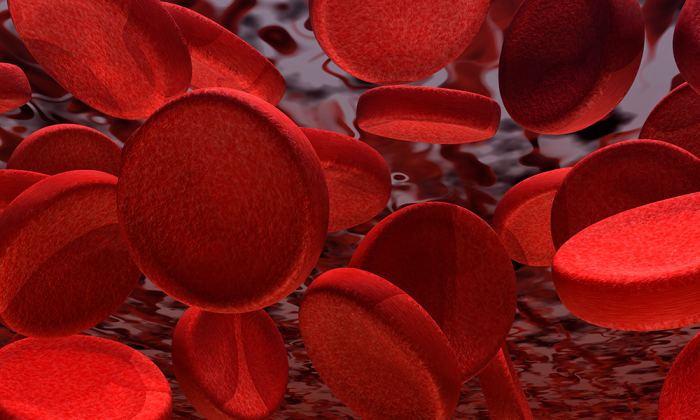
Cord blood is the term used for the blood collected from the umbilical cord and placenta after a healthy baby is born. The blood contains valuable stem cells that can be used in life-saving procedures. Neither the mother nor the baby are affected by the process, which is actually very straightforward. The blood is collected, cryopreserved at a cord blood bank and sent to a medical center for use when it is needed.
Shernan Holtan, MD, University of Minnesota Physicians hematologist and oncologist, regularly sees the value of cord blood when treating blood and marrow transplant (BMT) patients. Patients in need of BMT often require a donor, one that is “matched” by a system known as human leukocyte antigens. When a suitable match is not available within a patient’s family, patients may be able to find an unrelated adult donor from the National Marrow Donor Program. Finding an adult unrelated donor can sometimes take months, and time is a resource many patients don’t have. Simply put, finding a donor quickly can sometimes be the difference between life and death.
Even more importantly, minorities are underrepresented on the registry, meaning they have a lower likelihood of being able to identify a matched unrelated donor compared to whites. Cord blood stem cells create a life-saving workaround to this issue.
Cord blood is an invaluable source of hematopoietic (or blood-forming) stem cells for patients without a matched donor. Despite not being perfectly matched, cord blood stem cells are able to engraft in a patient’s bone marrow to create all the components of blood and a functioning immune system. The major limitation of cord blood is that it is a small number of stem cells. A lower number of stem cells per body weight means a slower time for the patient to recover. In order to overcome the small stem cell dose of a cord blood transplant, we are conducting clinical trials using expansion techniques to grow the stem cells into a larger dose for transplantation. The hope is that we will see patients recover much faster from the transplant than they otherwise would have, with fewer days in the hospital, fewer infections and fewer blood transfusions.
Dr. Holtan
The ability to use mismatched cord blood stem cells means that about 99% of people would be able to have a suitable donor for transplantation should the need arise. Another reason the cells are so useful is that they’re readily available. The average wait time for stem cells from an unrelated adult donor is around three months. This is shortened since the cells have already been collected. Availability helps urgency, often turning months into weeks or days.
BMT is the only potentially curative treatment for many types of leukemia, lymphoma or other cancers of the immune system, but it can also be used for conditions that are noncancerous, such as blood and marrow disorders that are inherited, including sickle cell disease. Physicians and researchers at the University of Minnesota have been leaders in this field for decades, as demonstrated by this list of historical milestones in blood and marrow transplantation. Previous milestones include the first unrelated umbilical cord blood transplant in 1994 and the first successful double-cord blood transplant in 2000.

Harnessing the power of cord blood stem cells allows physicians to develop them into other cell types for different diseases. “We’re learning new ways to train cord blood cells in the laboratory for a variety of immunologic and regenerative medicine purposes. We are on the frontier of some exciting research here,” Dr. Holtan said.
Cord blood provides the opportunity for stem cell research, but cord blood can only be collected after consent is given by the family. An obstetrician will discuss the process before delivery. Many cord blood transplant recipients want to thank their donors but privacy is ensured and the donation is entirely anonymous.
The therapeutic promise of cord blood is demonstrated by the many patients who overcome life-threatening disorders of the blood and bone marrow through cord blood transplantation. The number of clinical applications for cord blood will continue to grow in the future.